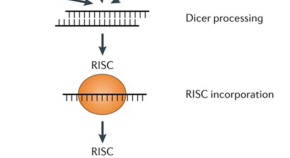Microneedles loaded with cerium-manganese oxide nanoparticles for targeting macrophages in the treatment of rheumatoid arthritis
Authors (first, second and last of 12)

Collection
School of Chemical Engineering and Technology, Xi’an Jiaotong University, Xi’an 710049, Shaanxi, PR China
Charles Institute of Dermatology, School of Medicine and Medical Science, University College Dublin, Dublin 4, Ireland
































